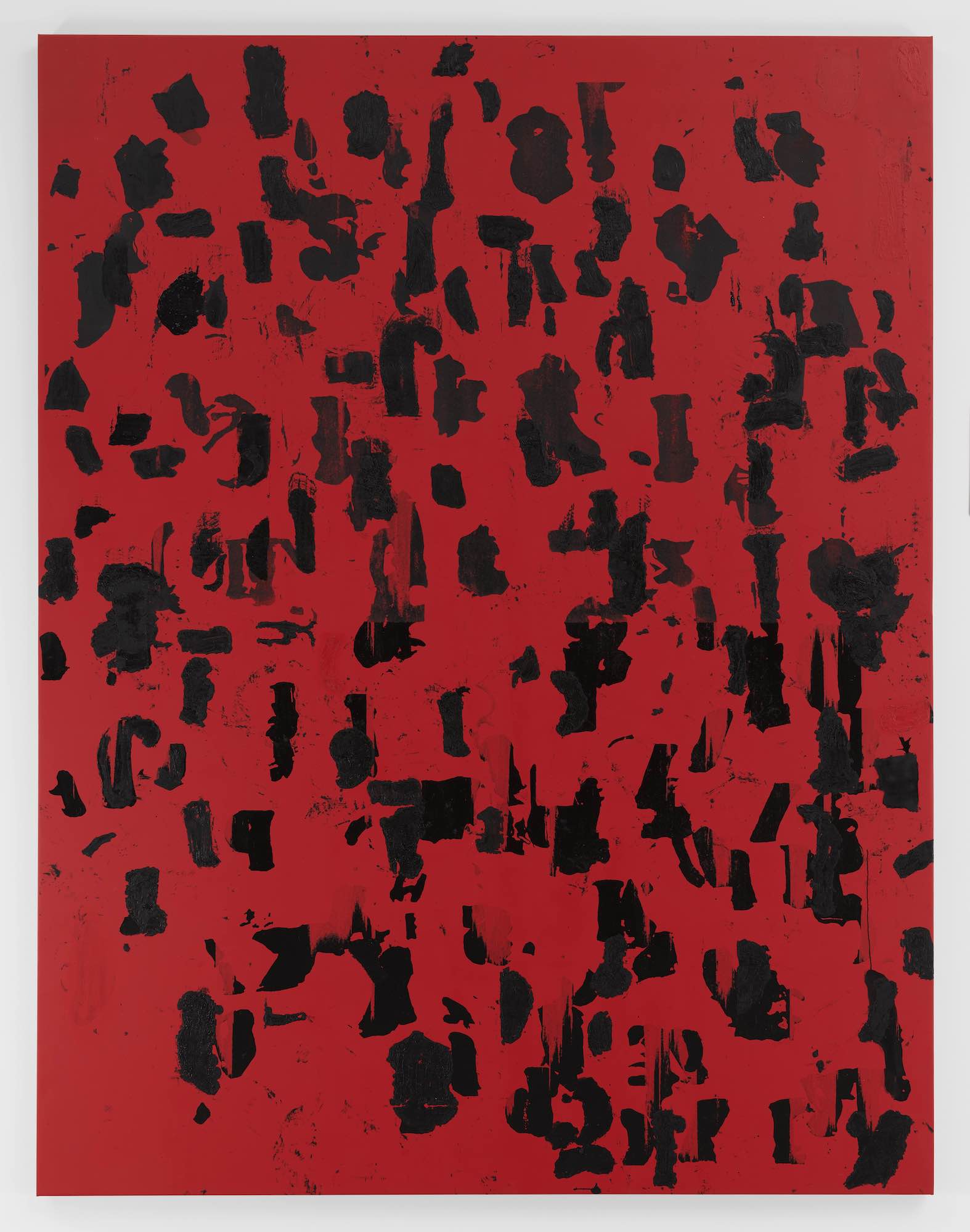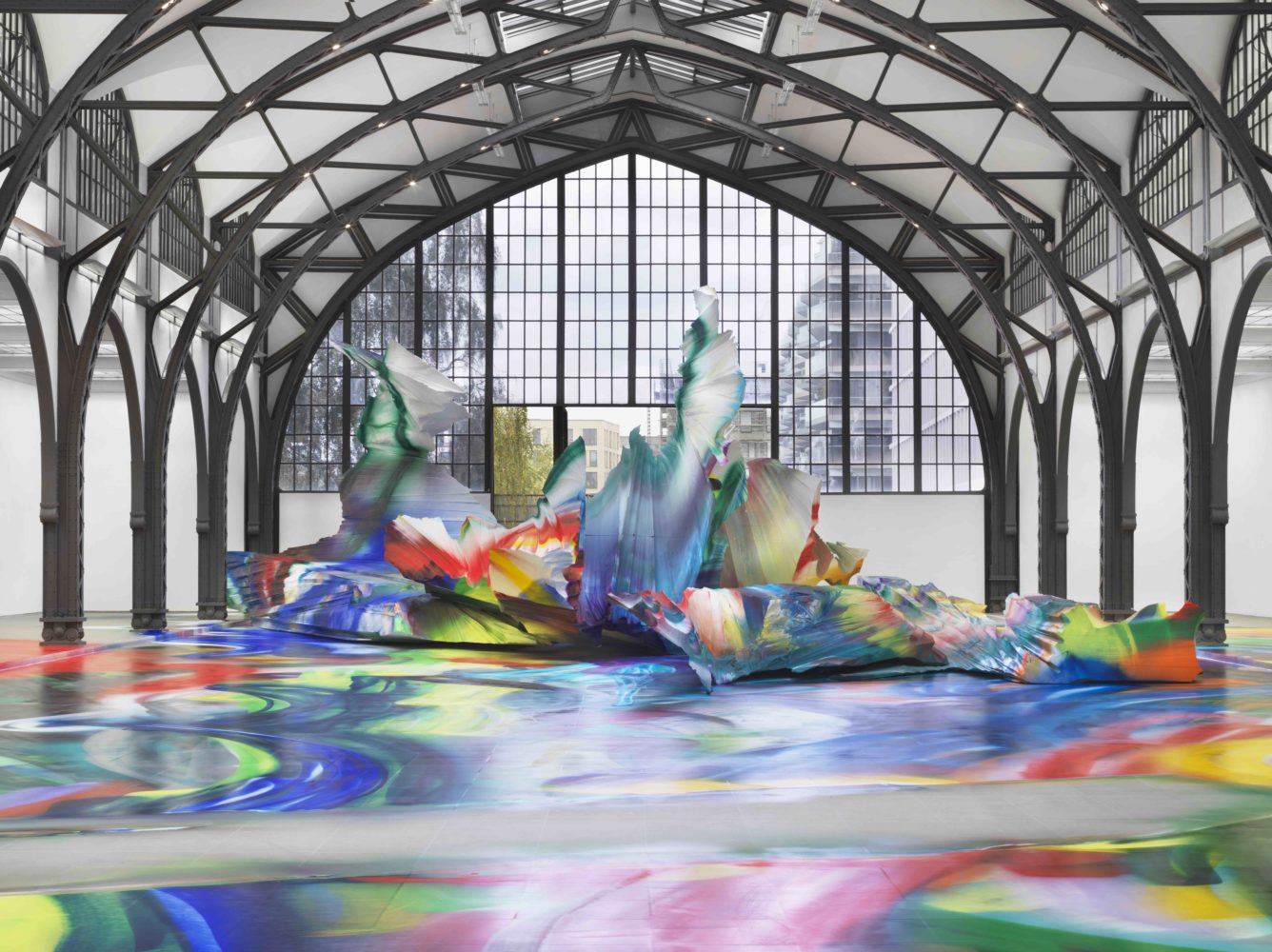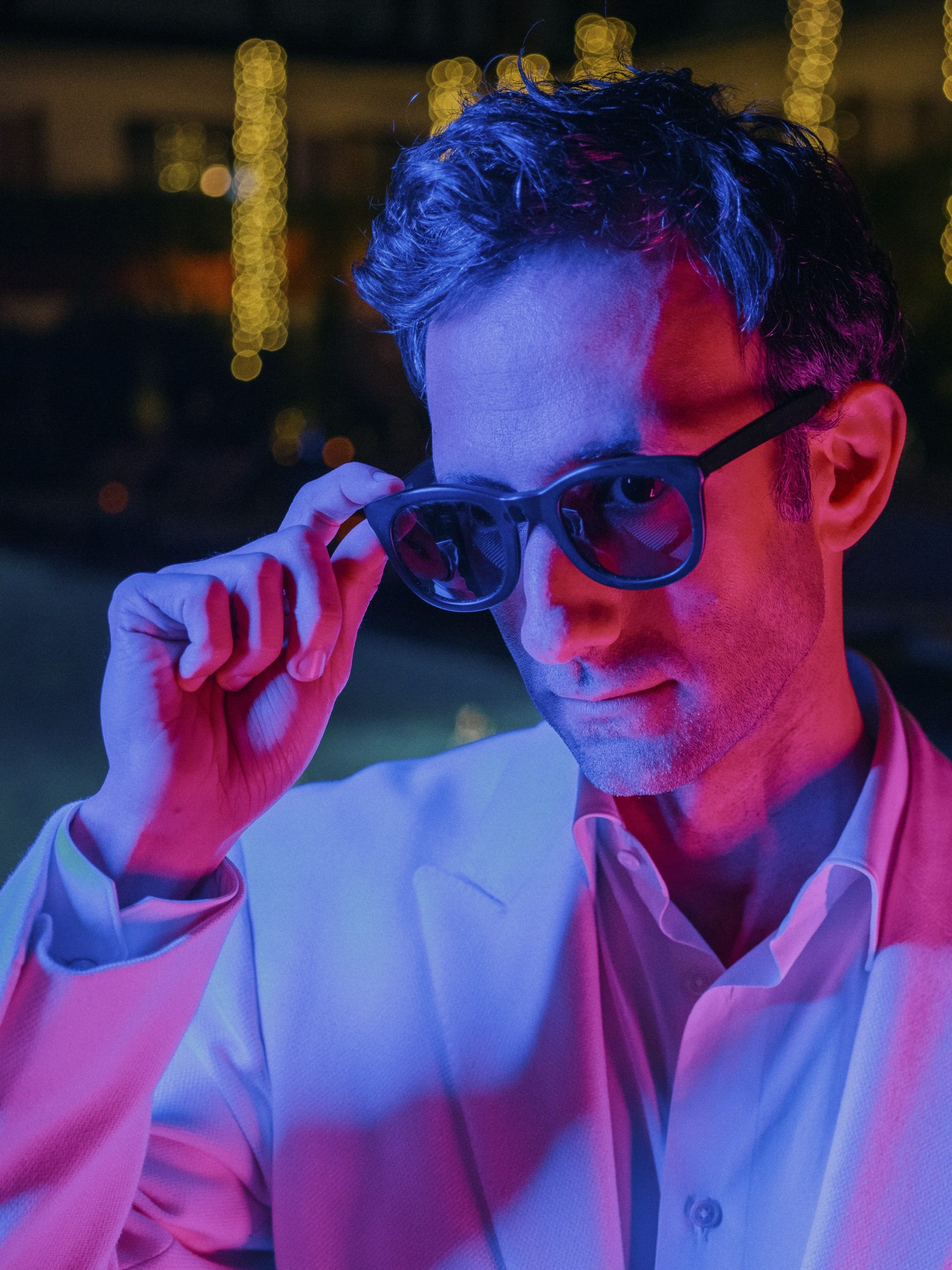Ngaire Blankenberg was working as a television producer in Johannesburg when her network was contracted to produce a story for the Constitution Hill museum. The world of exhibiting historical, cultural, and artistic matter was new to her, so she called upon The Manual of Museum Planning by the cultural consulting company Lord Cultural Resources. After the episode aired, she contacted the firm to continue working in the field, and relocated to Toronto where the business has an office. It was then that her international career as a museum consultant started, and she began planning both small- and large-scale museums around the globe, including the Canadian Museum for Human Rights, the National Museum of African American History and Culture Barangaroo, the Parlamentarium, the European Space Agency, the King Abdulaziz Center for World Culture, and AlUla.
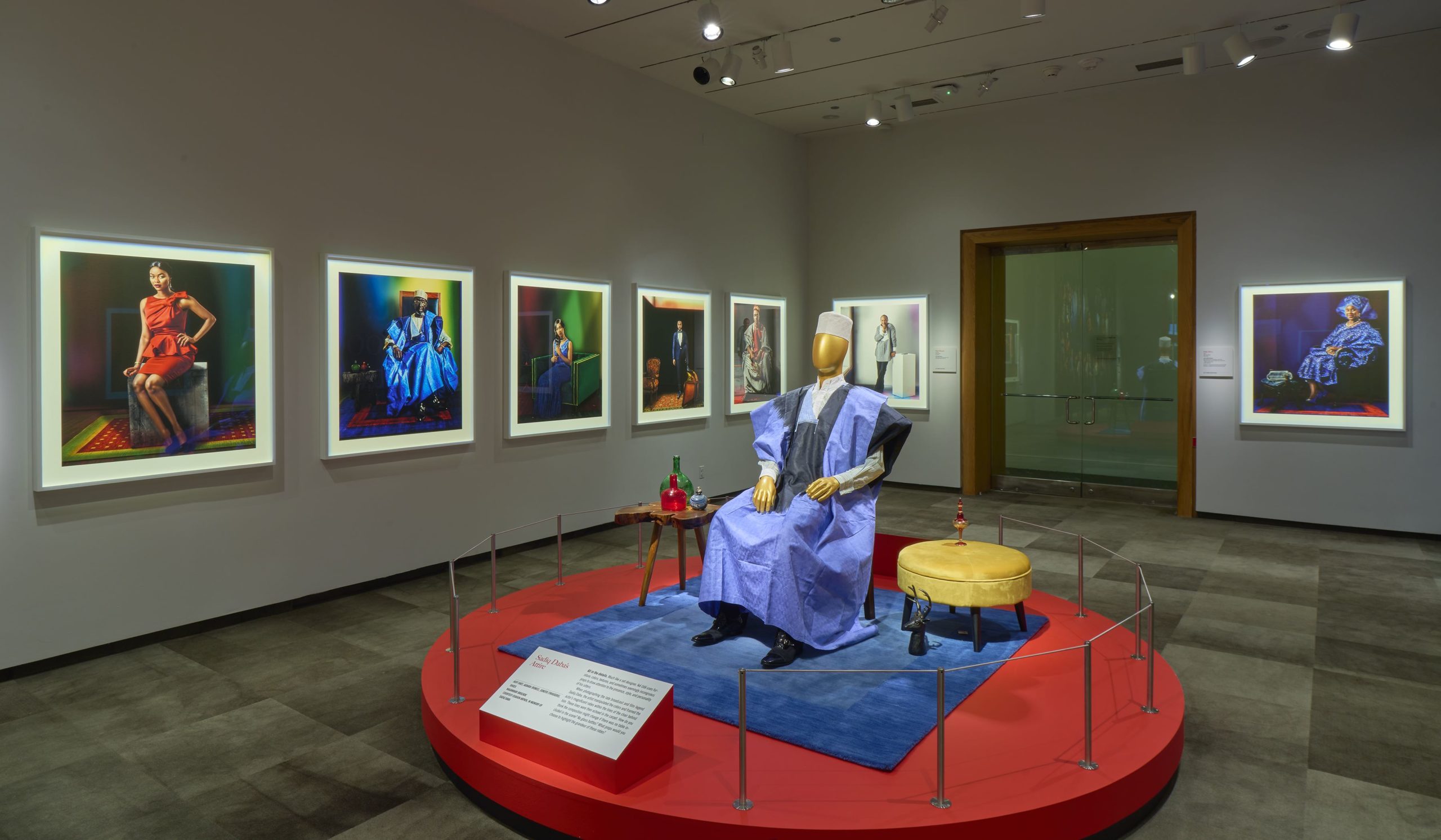
Installation view of “Iké Udé: Nollywood Portraits,” photo by Brad Simpson, courtesy of the National Museum of African Art Smithsonian Institution.
After working for the Dutch design company Kossmanndejong in Amsterdam, Paris, and Barcelona, Blankenberg spent a few years as a freelance consultant before joining the Smithsonian Institute as the director of the National Museum of African Art last July. There, the work of New York–based Nigerian photographer Iké Udé will be on view in “Nollywood Portraits” this summer.
Whitewall spoke with Blankenberg about how she’s leading with nuance, transparency, and respect for the past, present, and future of African art.
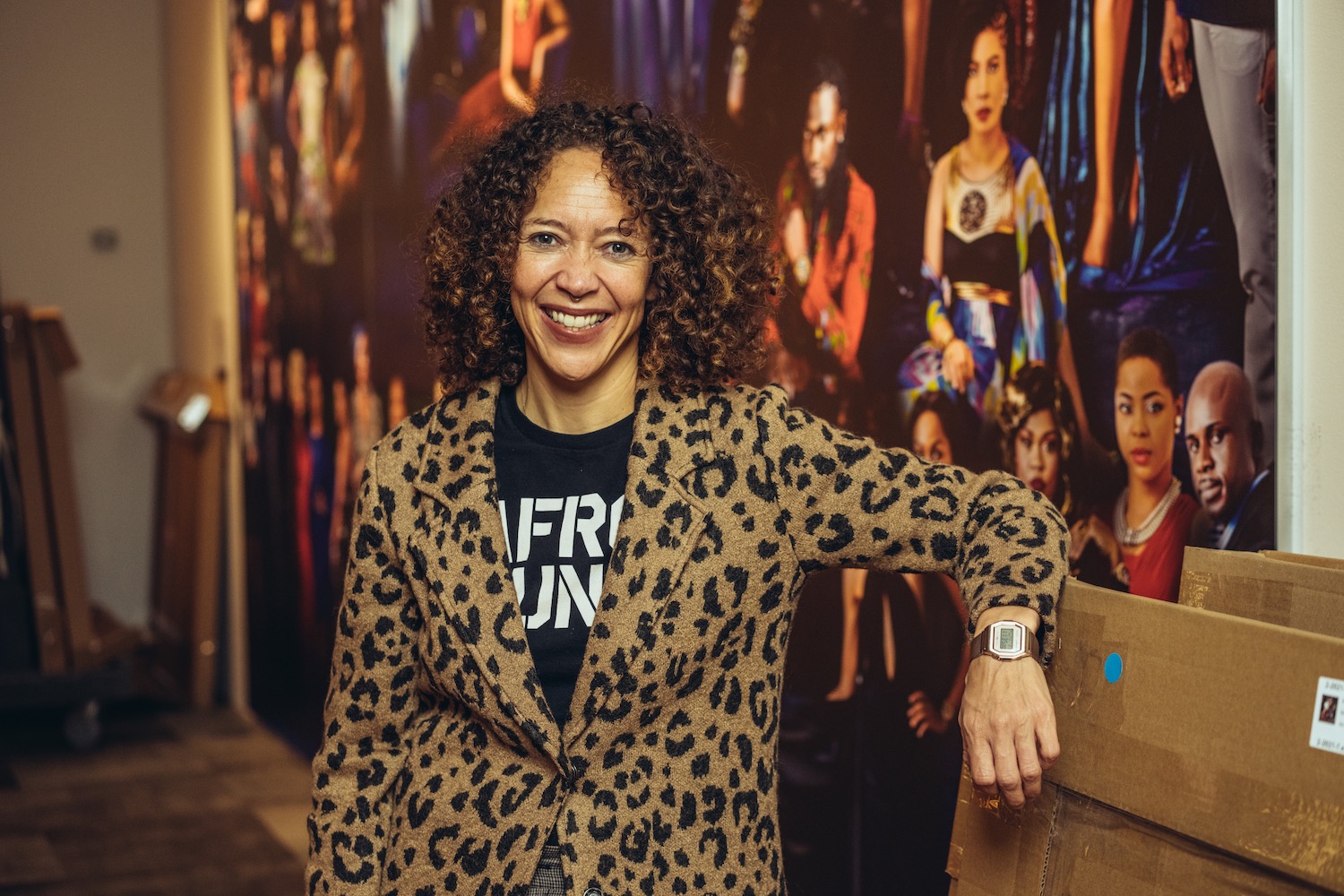
Portrait of Ngaire Blankenberg courtesy of the National Museum of African Art, Smithsonian Institution.
WHITEWALL: This summer, you’re celebrating your first year at the museum. What would you say is your goal as its new director?
NGAIRE BLANKENBERG: My goal is to create a space for belonging, affirmation, and critical thought for global Africa. The mission of the museum is to be a 21st-century global African arts museum, and that means that global Africans—which is a very fluid term—find within us a space of recognition, exploration, kinship, belonging, and inspiration.
WW: When those goals are achieved, museums can play an empowering role in creating inclusive and equitable cities. How are you thinking about that?
NB: I wrote a book called Cities, Museums, and Soft Power, which was about the role of museums in cities and the relationships that museums need to have within a city to see themselves as big institutions. The irony now is that I’m heading a national museum, which is positioning itself as a global institution, so the exclusively urban frame is not one that we are only looking at. It’s important for us to have a local presence in many different places. The broader question is how museums somehow see themselves as being outside of geography, despite being part of urban processes of gentrification. We don’t think about our role and physical responsibility to the community that surrounds us.
Museums have big roles to play in emphasizing concepts of citizenship, which is much different from national concepts of citizenship. It’s about having respect and community with your neighbors. It’s difficult for my museum, because it’s on the national level, but we’re starting to institute local presences in the diasporas.
We had an experience in Nigeria in November, we’re planning one in Johannesburg, we’ll be going to Cairo this November, and we’re planning other local conversations and art experiences in different distributive places within a global community. We’re trying new post-pandemic, 21st-century models of museology not based on Eurocentricity and the colonial model of seeing things, but on different notions of place. Interpersonal relationships and relationships to geography, climate, and all the choices we make as urban dwellers, and the role of the museum in this conversation, is critical to the role of our future on the planet.
I’m thinking about where we can be the most effective and where we can change the game, contributing to more regenerative art ecosystems. We’re not here to own and display the art in an extractive relationship like people did in Africa, but to make sure that we contribute to a more equitable and regenerative system.
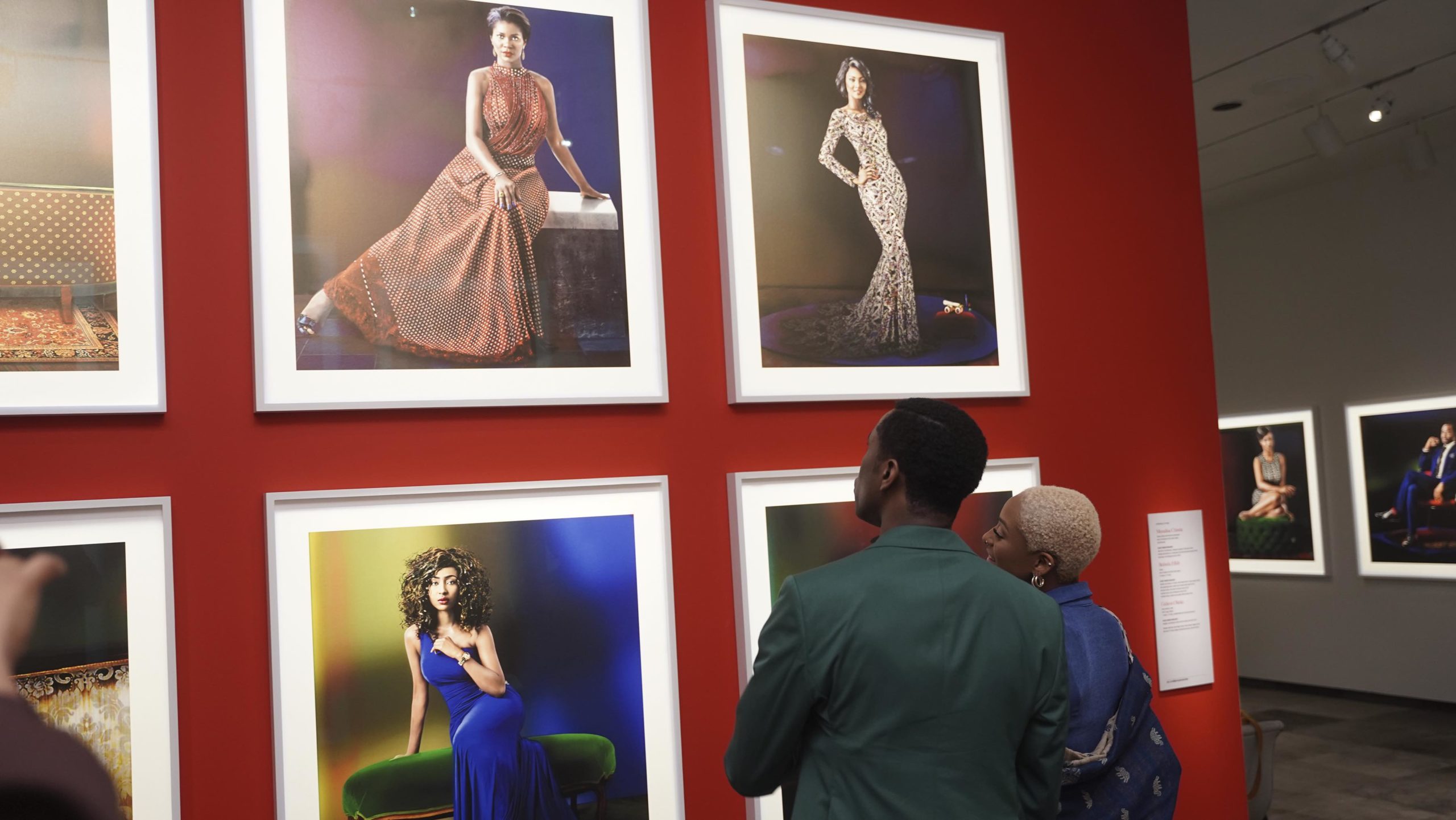
Installation view of “Iké Udé: Nollywood Portraits,” photo by Brad Simpson, courtesy of the National Museum of African Art Smithsonian Institution.
WW: When we met earlier this year at the Sharjah March Meeting in the UAE, you spoke on a panel about exhibiting artifacts and the differences between “retain and explain” versus “obtain and exploit.” How can an institution do this properly? Is there a balance to this approach?
NB: Those are two very different issues. One is one of ownership, like, “Who has the title deed for the subject?” Ideally, we’re in a post- ownership, blockchain world, but we’re still in a world of lawyers and ownership. Title over the land or work is the tool of colonization. How you exhibit work and who owns the work aren’t the same thing. Museums loan work all the time.
The issue of loaning work is definitely there, but the power dynamic is in who owns the work, who gets to say “yes” or “no” to the loaner class, who decides where they’re stored. That, to me, is super critical, but it isn’t the same as the conversation of how you interpret the work. Chika [Okeke-Agulu] was saying that “retain and explain” is not dealing with the fundamental power dynamic over ownership and saying we needed to own the work because we’re explaining it, which is not true. You can explain it without owning it, and we intend to.
The power dynamic is about who has the legal title to the work, which has nothing to do with the exhibition. Usually, museum visitors don’t know or care which is from the museum’s permanent
collection and which is on loan, because the story of the exhibition, the interpretation, is what people are going to see. We have to address two different things: the power dynamic over ownership and then the interpretation. We do the interpretation through transparency, making very clear where the work comes from and how it was acquired. But I don’t think that explaining that it was stolen is good enough, without trying to return it. It’s not enough to be transparent—about how we operate, how money is spent, who’s created the work, who’s interpreting it—if the underlying ethical issue is still at play. Neutrality is rarely neutral, and often hides power. I think power always exists in any kind of museum dynamic. For me, the problem is trying to hide how that power exists, as opposed to trying to show it more clearly.
WW: As history and humanity continue to change, the role of artists and museums will change, too. How are you seeing these roles evolve?
NB: Many major changes in art museums have come from artists, whether in modes of display, funding, or spaces. A lot of that is not necessarily coming from the institutions, which tend to be quite conservative, but from the artists themselves. The role of art museums is to be good neighbors; to create and affirm the value of imagination in imagining new possibilities. Good art enables you to see the world or an idea in a slightly different way and make you think again. As the world becomes more politically and ideologically polarized, we need to make space for nuance. The very identity of global Africa is about nuance in migration, displacement, dislocation, and new imaginations. There’s a whole experience of the diaspora, completely about complexity and nuance, and that’s what excites me about this job.
Museums often stand in the way between people and art, becoming too intimidating or expensive, stopping people from appreciating what art is trying to do. We need to strip that away and allow people to get what they need out of art.
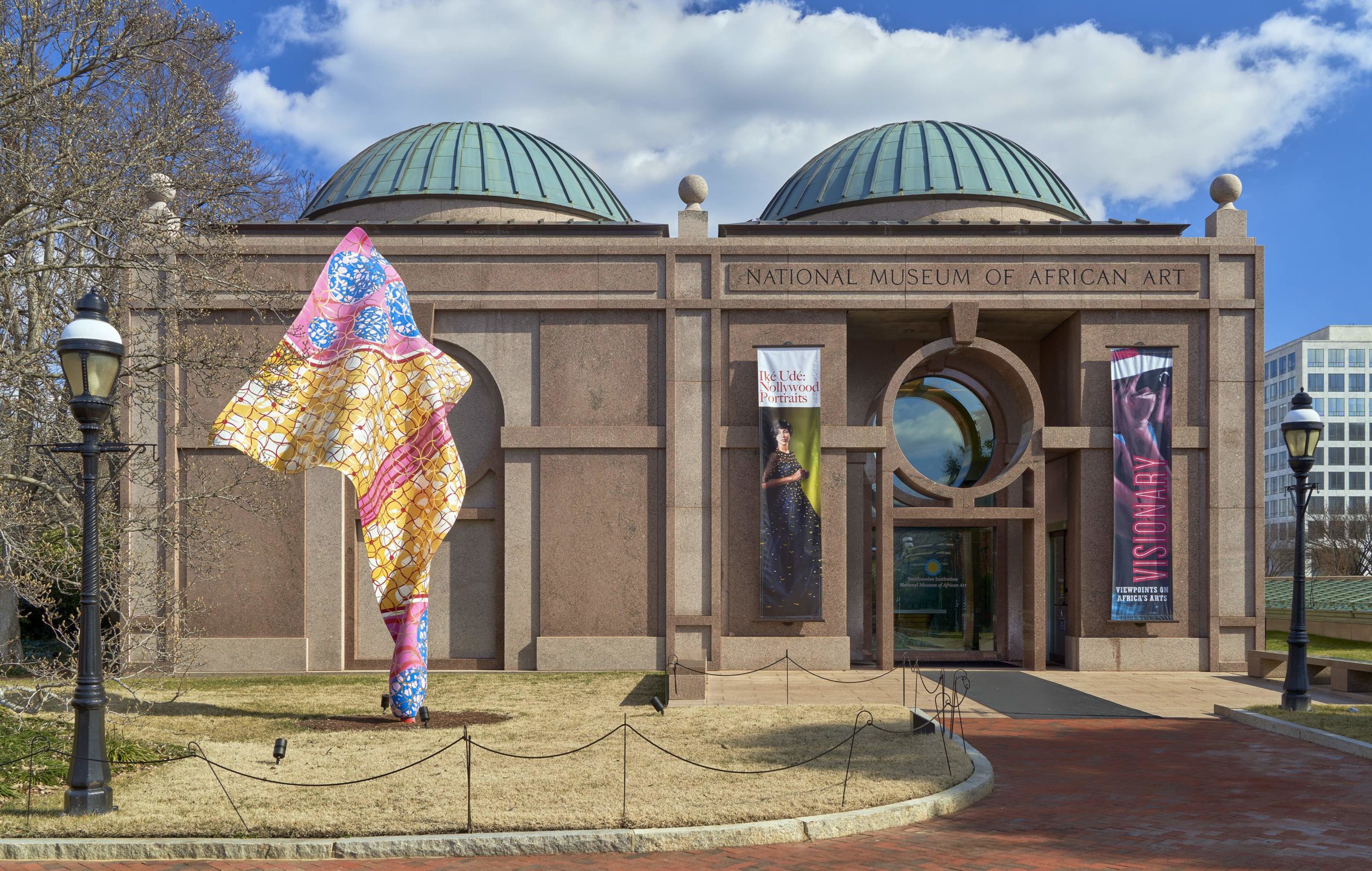
Installation view of “Iké Udé: Nollywood Portraits,” photo by Brad Simpson, courtesy of the National Museum of African Art Smithsonian Institution.




